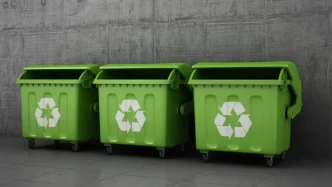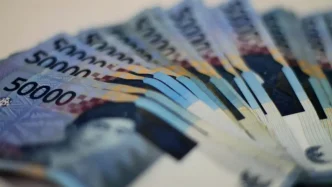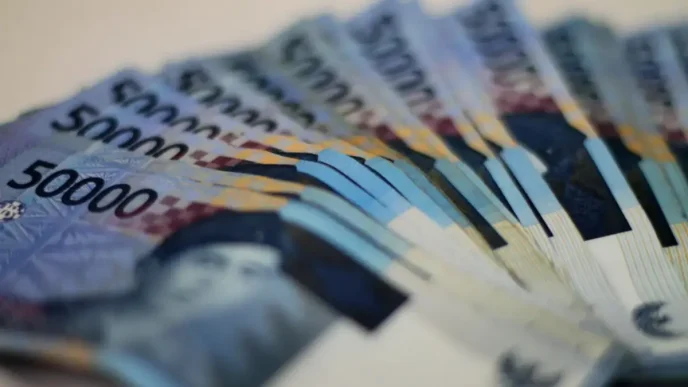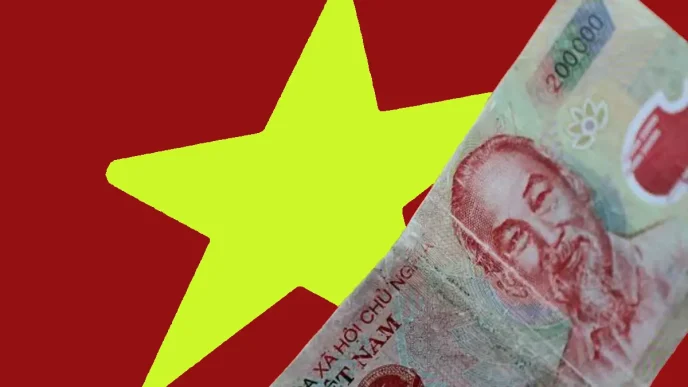Vietnam stands at the cusp of a transformative era as it embraces a green shift in its packaging and recycling industries. With global demand for sustainable practices intensifying, the country is positioning itself as a key player in eco-friendly manufacturing across Southeast Asia. This pivot, driven by government policies and private sector innovation, promises to reshape economic landscapes while addressing pressing environmental challenges. As Vietnam navigates this transition, the stakes are high—balancing industrial growth with ecological responsibility could define its role in the global market for decades to come.
A Policy Push for Sustainability
Vietnam’s government has made sustainability a cornerstone of its industrial strategy, recognizing the urgent need to reduce waste and pollution in a rapidly growing economy. The National Strategy on Green Growth for 2021-2030, coupled with commitments to circular economy principles, has set ambitious targets for reducing plastic waste and increasing recycling rates. These policies are not mere rhetoric; they are backed by legal frameworks that mandate extended producer responsibility (EPR), requiring companies to manage the lifecycle of their products, including post-consumer waste.
This regulatory environment is catalyzing change in the packaging sector, which has historically relied heavily on single-use plastics. With Vietnam producing over 25 million tons of plastic waste annually, of which only a fraction is recycled, the push for biodegradable materials and reusable packaging is gaining momentum. Local reports indicate that the Ministry of Natural Resources and Environment is working closely with businesses to implement EPR schemes, aiming to hold manufacturers accountable for waste reduction.
Beyond plastics, the government is incentivizing investment in green technologies through tax breaks and subsidies. These measures are designed to encourage the adoption of sustainable materials like bioplastics and recycled paper, which are increasingly seen as viable alternatives. As a result, Vietnam is witnessing a surge in partnerships between local firms and international companies with expertise in green packaging solutions.
Private Sector Innovation Fuels Progress
The private sector is responding to these policy shifts with remarkable agility. Companies across Vietnam are investing in research and development to create packaging solutions that meet both domestic and international sustainability standards. For instance, firms in Ho Chi Minh City and Hanoi are pioneering the use of plant-based materials for food packaging, targeting export markets in Europe and North America where demand for eco-friendly products is soaring.
One notable example is the rise of startups focused on biodegradable packaging. These enterprises are not only addressing local waste issues but also tapping into a lucrative global market projected to grow significantly in the coming years. According to data from trusted regional sources, the sustainable packaging industry in Asia-Pacific is expected to expand at a compound annual growth rate of over 6% through 2030, with Vietnam emerging as a critical hub due to its cost-competitive manufacturing base.
Recycling, too, is undergoing a renaissance. Traditional recycling methods in Vietnam have often been informal and inefficient, with much of the waste ending up in landfills or waterways. However, new facilities equipped with advanced sorting and processing technologies are beginning to transform this landscape. Investments in waste-to-energy plants and material recovery facilities are helping to close the loop, turning discarded materials into valuable resources for manufacturers.
Challenges on the Horizon
Despite these advancements, Vietnam’s green shift is not without hurdles. The transition to sustainable packaging requires substantial capital investment, which can be a barrier for small and medium-sized enterprises (SMEs) that dominate the country’s industrial sector. Many SMEs lack the financial resources or technical expertise to adopt new materials or overhaul their production processes, risking being left behind in this rapidly evolving market.
Moreover, consumer behavior poses another challenge. While awareness of environmental issues is growing, particularly among younger generations, the preference for cheap, convenient packaging remains entrenched. Educating the public on the benefits of sustainable products and enforcing regulations on single-use plastics are critical steps that must be scaled up to ensure the success of this green transition.
Infrastructure gaps also loom large. Vietnam’s waste management systems are often fragmented, with inconsistent collection and recycling services across urban and rural areas. Building a robust network of recycling facilities and ensuring equitable access to these services will be essential to meeting national sustainability targets. Without such infrastructure, even the most innovative packaging solutions risk being undermined by systemic inefficiencies.
Global Implications and Regional Leadership
Vietnam’s efforts to green its packaging and recycling industries carry implications far beyond its borders. As a member of the Association of Southeast Asian Nations (ASEAN), the country has the potential to lead by example in a region grappling with some of the world’s highest levels of plastic pollution. Collaborative initiatives, such as ASEAN’s Framework for Circular Economy, provide a platform for Vietnam to share best practices and attract foreign investment in sustainable technologies.
Internationally, Vietnam’s commitment to sustainability aligns with global trends, including the European Union’s stringent regulations on plastic imports and the United Nations’ Sustainable Development Goals (SDGs). By positioning itself as a supplier of eco-friendly packaging, Vietnam could strengthen trade ties with major economies that prioritize environmental standards in their supply chains. This strategic alignment not only boosts export potential but also enhances Vietnam’s reputation as a responsible global partner.
However, competition within the region is fierce. Countries like Thailand and Malaysia are also investing heavily in sustainable industries, vying for a share of the green market. Vietnam must continue to innovate and streamline its policies to maintain a competitive edge, ensuring that its green shift translates into long-term economic gains rather than short-lived initiatives.
Environmental and Social Impact
The environmental benefits of Vietnam’s green shift are already becoming evident in some areas. Reduced reliance on single-use plastics is helping to mitigate pollution in urban centers and coastal regions, where marine debris has long been a pressing issue. Cleaner waterways and less cluttered landfills are tangible outcomes that resonate with communities across the country, fostering a sense of shared responsibility for environmental stewardship.
Socially, the transition is creating new job opportunities in recycling and green manufacturing. Workers previously engaged in informal waste collection are finding formal employment in modern facilities, often with better pay and safer conditions. This shift not only improves livelihoods but also contributes to social equity by integrating marginalized groups into the formal economy.
Yet, the social dimension also requires careful management. Rapid industrialization, even in the name of sustainability, can exacerbate inequalities if not accompanied by inclusive policies. Ensuring that rural communities and disadvantaged groups benefit from these changes will be crucial to maintaining public support for Vietnam’s green agenda.
Looking Ahead: A Sustainable Future?
As Vietnam forges ahead with its green shift, the packaging and recycling industries stand as testaments to the country’s potential for sustainable growth. The interplay of government policy, private sector innovation, and international cooperation is laying the groundwork for a circular economy that could serve as a model for other developing nations. Yet, the path is fraught with challenges—from financial constraints to cultural shifts—that demand persistent effort and strategic planning.
The question remains: can Vietnam sustain this momentum and emerge as a leader in the global green economy? With the right investments in infrastructure, education, and technology, the answer could be a resounding yes. For now, stakeholders across the spectrum—policymakers, businesses, and citizens alike—are watching closely as Vietnam writes this new chapter in its industrial story.















